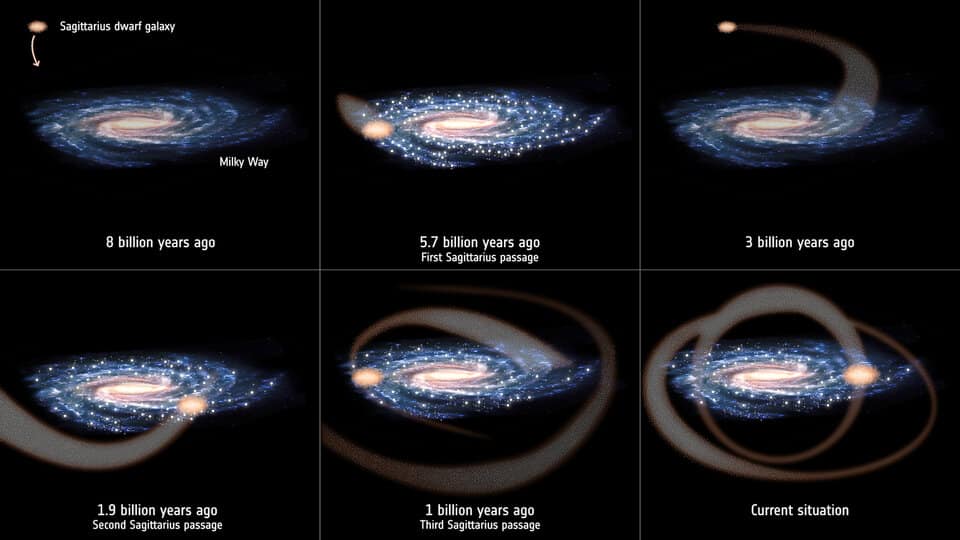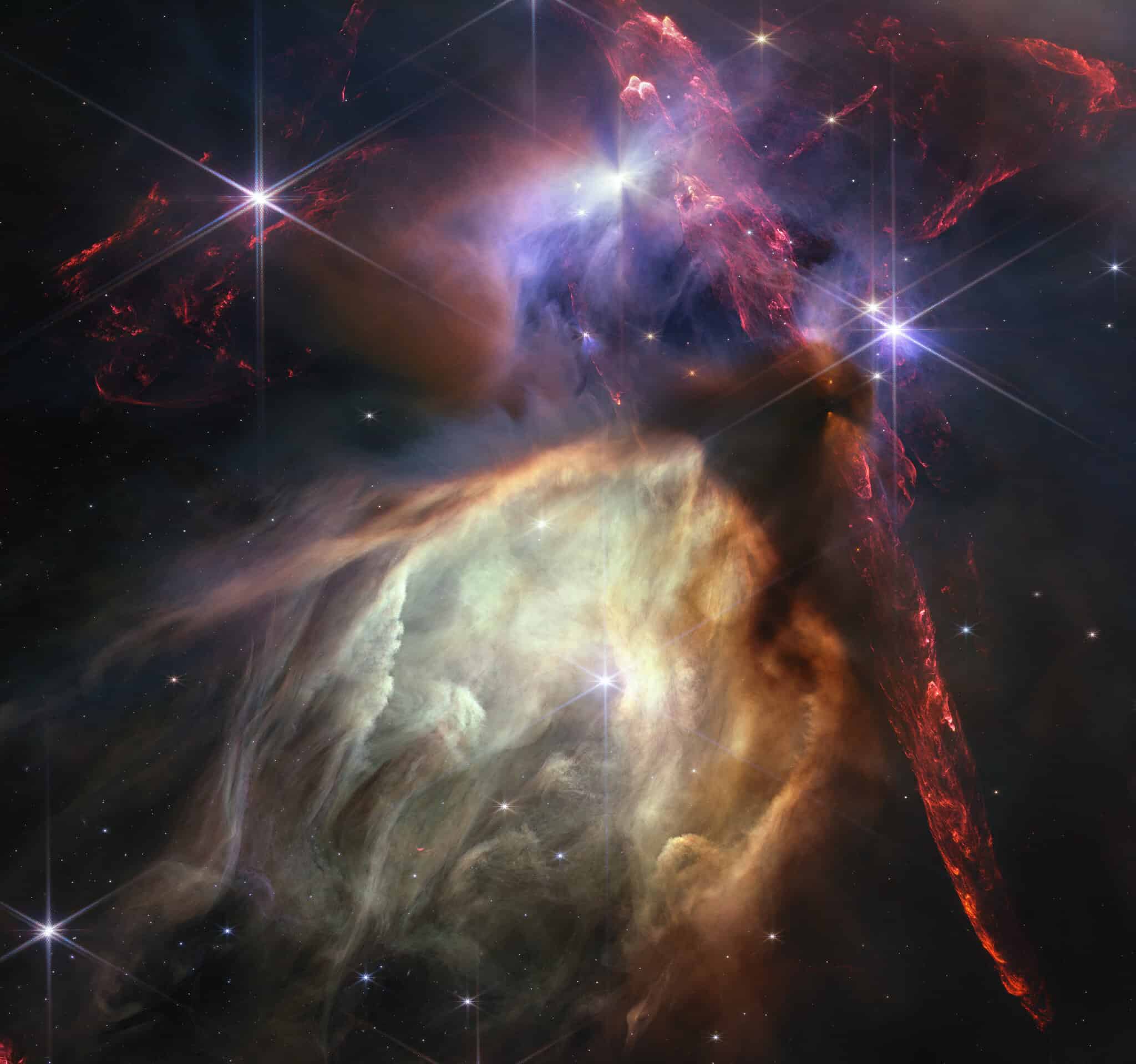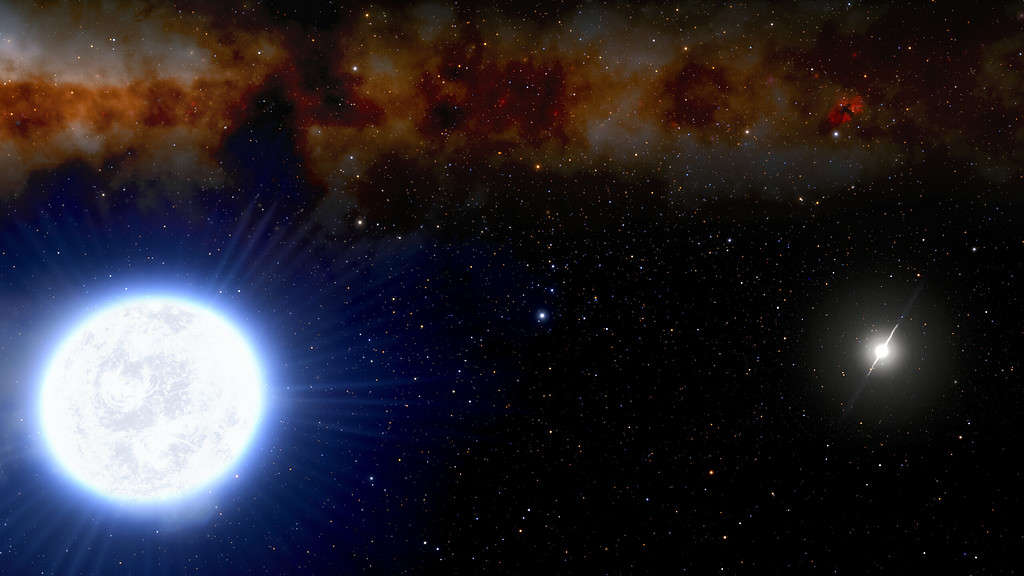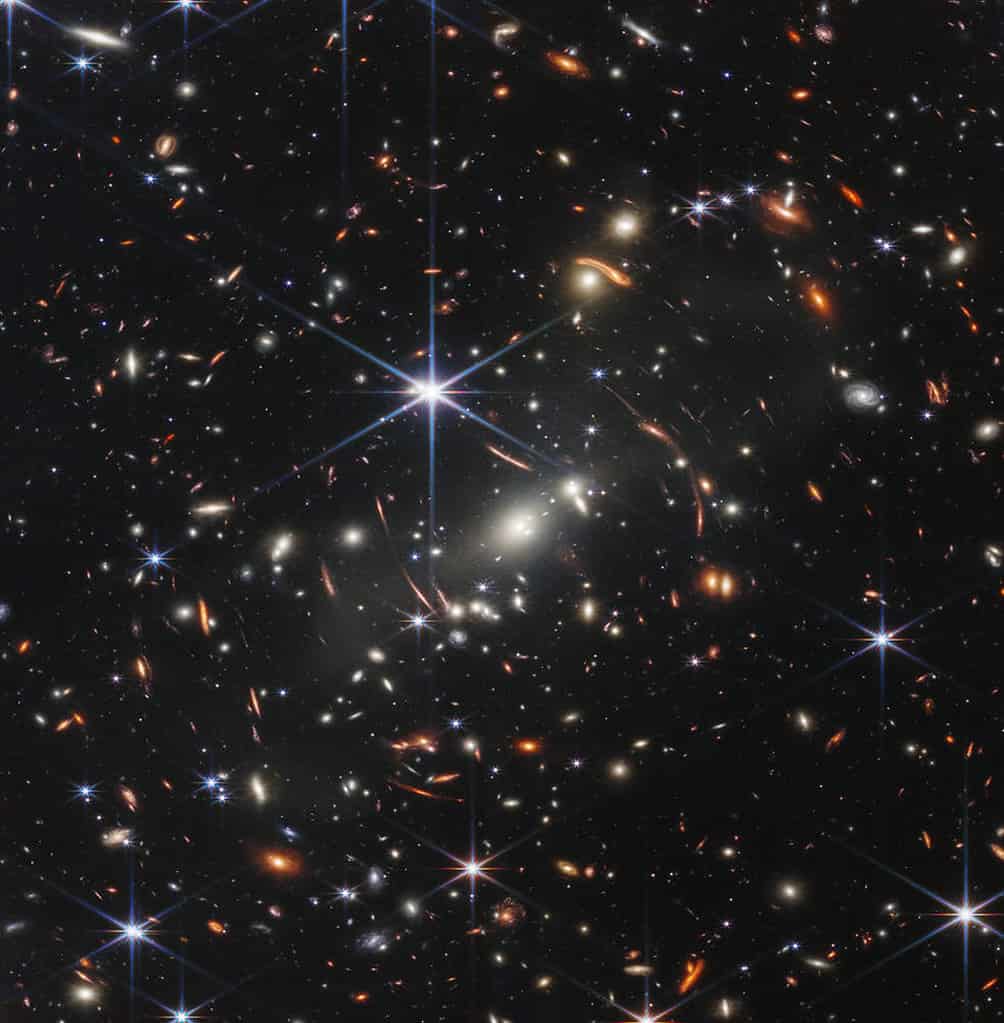Imagine for a moment that you’re an archaeologist, but instead of focusing on humans and their settlements, you’re focusing on the universe. Instead of a trowel and brush, your tools are telescopes and supercomputers. Your job is to sift through the starry dust of ages, piecing together cosmic stories from the remains of long-dead stars. Welcome to the field of galactic archaeology.

Stellar Clues for Cosmic Archaeology
Galactic archaeology, in essence, is the practice of using the properties and positions of stars to gain insight into the history of galaxies. You’re peering into the past, understanding how stars form and evolve, tracing their stories, and even making predictions as to what’s to come.
Think of stars as cosmic time capsules. Just as a potsherd might reveal the ancient civilization that crafted it, a star, with its unique chemical signature, hints at the conditions in the universe when it first flickered into existence.
The stories stars tell are encoded in their light. Every element in a star — from the hydrogen that fuels its nuclear furnace to the trace elements that pepper its outer layers — leaves a unique fingerprint on the star’s light. By analyzing these spectral fingerprints, astronomers can determine a star’s age and some of its physical characteristics.
“Galactic archaeology means we ‘dig down’ into the chemical origin of stars to find out where they came from and how they formed,” said Professor Joss Bland-Hawthorn from the University of Sydney who, together with Professor Ken Freeman, co-founded the discipline in 2002, commenting research from a few years ago.
“Stars formed very early in our galaxy only have a small amount of heavy elements such as iron, titanium and nickel. Stars formed more recently have a greater proportion because they have recycled elements from other stars. We reach back to capture this chemical state – by analysing the mixture of gases from which the star formed. You could think of it as its chemical fingerprint – or a type of stellar DNA from which we can unravel the construction of the Milky Way and other galaxies.”
Archaeology in our cosmic neighborhood

The best place to start looking for clues in cosmic archaeology is our own galaxy, the Milky Way. Astronomers estimate that the Milky Way hosts around 100 billion stars, one of which is our very own sun.
Stars like our sun contain a fossil-like record of all previous generations of stars that exploded as supernovae. Like fossils, these chemical traces from ancient stars enable researchers to look back in time.
Each star holds a piece of the puzzle. Old, metal-poor stars, for instance, might tell tales of the early universe, when elements heavier than helium were scarce. Younger, metal-rich stars, on the other hand, may hold clues to more recent events, like the supernovae that enriched the interstellar medium with heavier elements.
Galactic archaeology enabled researchers, for instance, to peer into the heart of the Milky Way and see the stars left over from the early days of our galaxy. By looking at how these stars moved, researchers inferred that our galaxy probably underwent not one but several mergers and collisions with other galaxies.
In another effort, researchers showed that some observations regarding neutron stars can only be explained if there are two distinct processes linked to the formation of these stellar mammoths. Closer to home, galactic archaeology is showing how stars like our sun evolved over the eons and how quickly planets form around stars. Oftentimes, it’s around 100,000 years — the blink of an eye for an astronomic process.
Thanks to tools like the Gaia Observatory, the James Webb Space Telescope (JWST), and other modern surveys we’re able to infer the composition of these ancient stars and piece together what the earlier universe may have looked like.
“We still don’t understand how the more than 100 billion galaxies in our universe formed and evolved. Now we are going back to the very beginning of the Milky Way and using the astronomical equivalent of fossils to understand how our galaxy and those beyond it came about,” said Gayandhi De Silva, from the University of Sydney’s School of Physics, author of recent research on galactic archaeology.
“Until now if we wanted to understand how the beautiful star clusters inside the Milky Way formed, or the spectacular spiral galaxies beyond it, we were limited to studying, at the very most, a few hundred stars from near the sun.”
But one type of star that’s very important for cosmic archaeology is white dwarfs.
White dwarf stellar archaeology

White dwarfs are the remnants of other stars, explains Boris Gänsicke, a professor in the Department of Physics at the University of Warwick whose research focuses on white dwarfs.
“We have the entire sky full of stars. Most of the stars we see are currently burning hydrogen in their cores and that’s how they generate energy,” says Gänsicke. “But eventually, they will burn all the hydrogen that they have. Then they will burn helium, and then, most stars will stop. At that point, the star’s core will be composed of carbon and oxygen.”
“At that point, they can’t generate energy anymore so the core just shrinks due to its own gravity while the other layers disperse in space. The burned-out core, which is mainly carbon and oxygen, that’s what the white dwarf is.”
White dwarfs have ceased to exist as normal stars — but if we look at them today, analyze their temperature and their age, we can work out the mass of the star before it became a white dwarf. With that information, we can investigate how it formed and evolved and we can analyze what’s called the star formation history, Gänsicke adds.
But like with archaeology here on Earth, cosmic archaeology requires a lot of “digging”. The problem is that white dwarfs are smaller and dimmer than most stars, so we need special tools to be able to find them. There could also be much more of them lurking in the galaxy and in the universe — just like there could be many more archaeological findings here on Earth, just waiting to be discovered.
A diverse and burgeoning area of research

Here on Earth, archaeology has changed a lot. It used to be about digging and finding things. Now, there’s a trove of information that researchers analyze to piece together information about life in the past. Similarly, cosmic archaeologists are starting to draw on more diverse information and methods.
The universe contains various types of structures. Planets are grouped around stars, stars are grouped around galaxies, galaxies are grouped in clusters, and large clusters are sometimes bound together by gravity. There’s dark matter and dark energy, which are thought to play key roles in the evolution and formation of these clusters. So studying dark matter and dark energy can offer information about these galaxy clusters which in turn can offer information about galaxies and, well, you get the idea.
When Hubble and the JWST telescopes look at stars that are billions of light-years away, we’re seeing what the universe was like billions of years ago. It’s like opening up a window straight into the past and taking a glimpse into the early days of the universe we live in.
So galactic archaeology isn’t merely about charting stellar life stories. It’s figuring out as much as you can about the universe itself. It’s like taking puzzle pieces and then using these pieces to shed light on grand cosmic narratives. The merging of galaxies, the emergence of exoplanets, the creation of new elements in the fiery crucibles of supernovae — all these epic tales are etched into the light and chemistry of the cosmos, just waiting to be discovered.
We are literally made of stardust. Not just you, me, and everyone on Earth — but everything is made of dust. We all contain traces of earlier cosmic phenomena; sometimes, even the earliest stars in the Universe.
This area of research is also just getting started now.
The next generation of telescopes, both ground-based and space-borne, promises to shed even more light on the cosmic past, illuminating chapters in the universe’s grand narrative.






